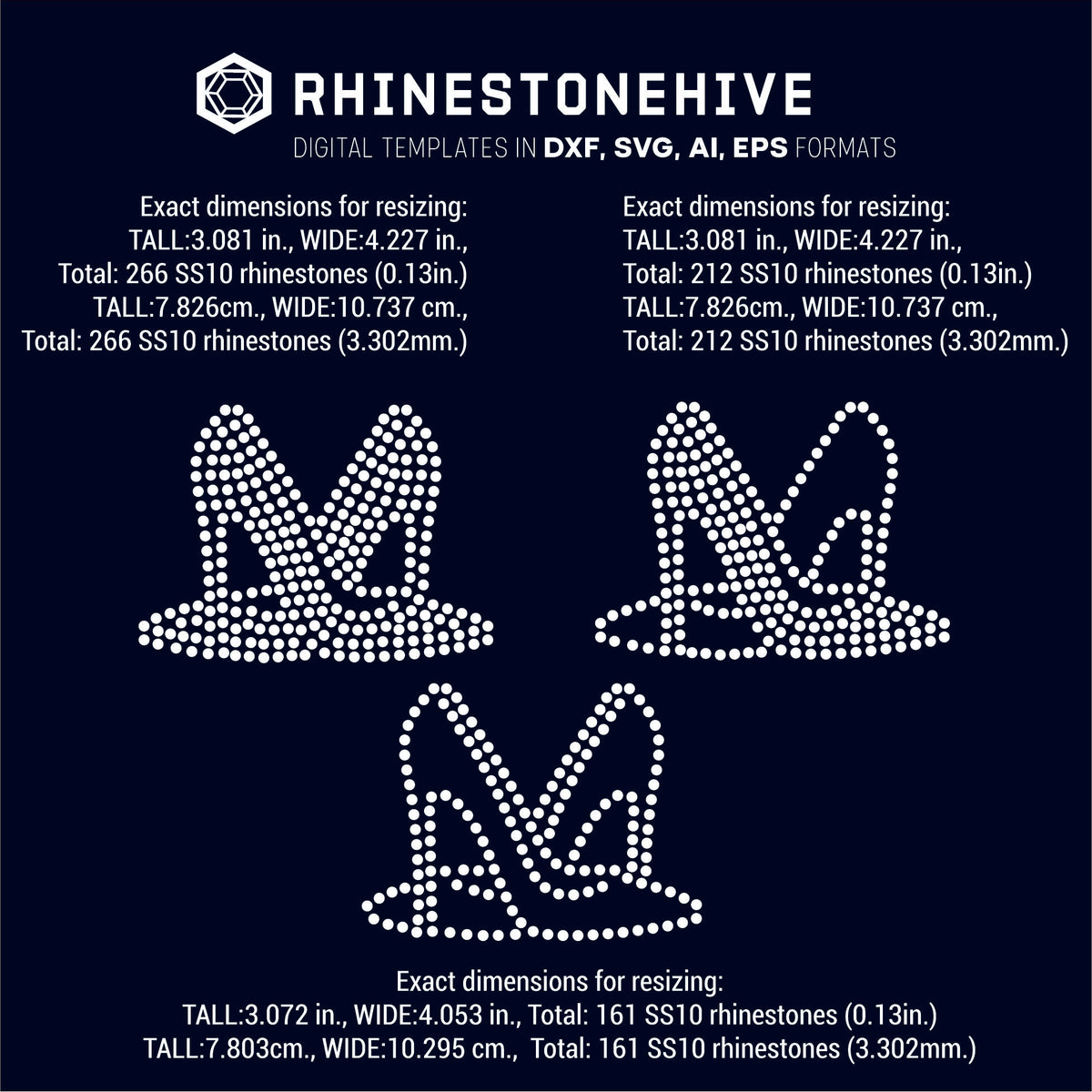
Step 6: Point the arrow to the vector graphic and click the left mouse button.

An arrow indicating the path will appear. Step 5: In the toolbox of Blend, click the Path properties button and then New Path. Step 4: Enter the number of copies required in ‘Number of steps.’ Click Apply to create the circles. Step 3: Click Effects, then Blend to open the Blend functions (the functions will be listed on the right-hand side of the drawing). As mentioned, the illustrated example here uses a 3 mm rhinestone, and the created circle is slightly downsized to 2.9 mm. Step 2: Use the Ellipse tool in CorelDRAW to draw two circles of the same size. Step 1: Open or import the vector graphic you desire to create and scale it to the required size.

Through some simple steps, you can create a rhinestone pattern as illustrated below. I have a bear animal graphic as a demonstration. Filling the outlineįilling the outline is a rather simple approach. The purpose is to avoid the pattern hole from expanding when cutting, which can make the rhinestones unevenly arranged.Īpplication Lab divides the rhinestone pattern creation into “filling the outline” and “filling the object.” For this example, I’m filling in the outline.

Instead of paying a lot of money to buy professional software, you can make an ideal rhinestone pattern using the CorelDRAW software you know and use.īefore making a pattern, there are a few things you need to know: In this article, I’ll outline the steps for making rhinestone patterns. This decoration method is prevalent within the clothing and promotional products industry, where you can find rhinestones on T-shirts, bags, shoes, and other products. The range of rhinestone applications is rather wide.


 0 kommentar(er)
0 kommentar(er)
